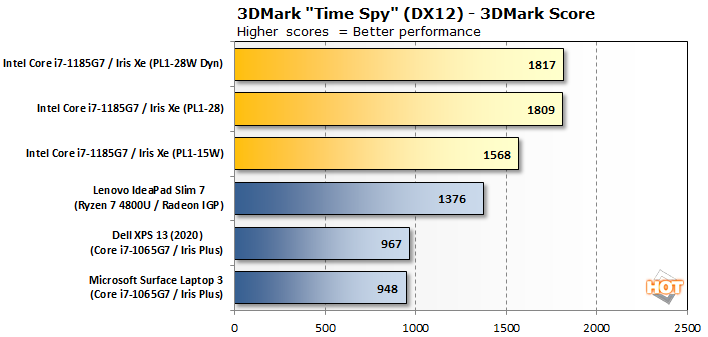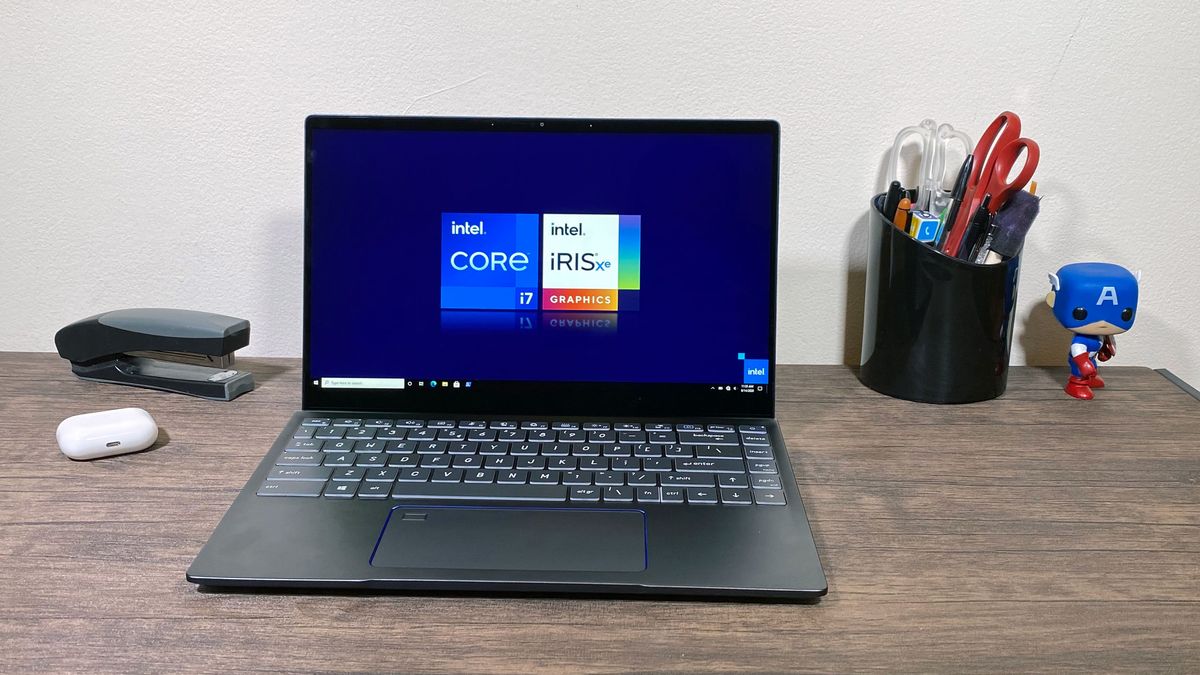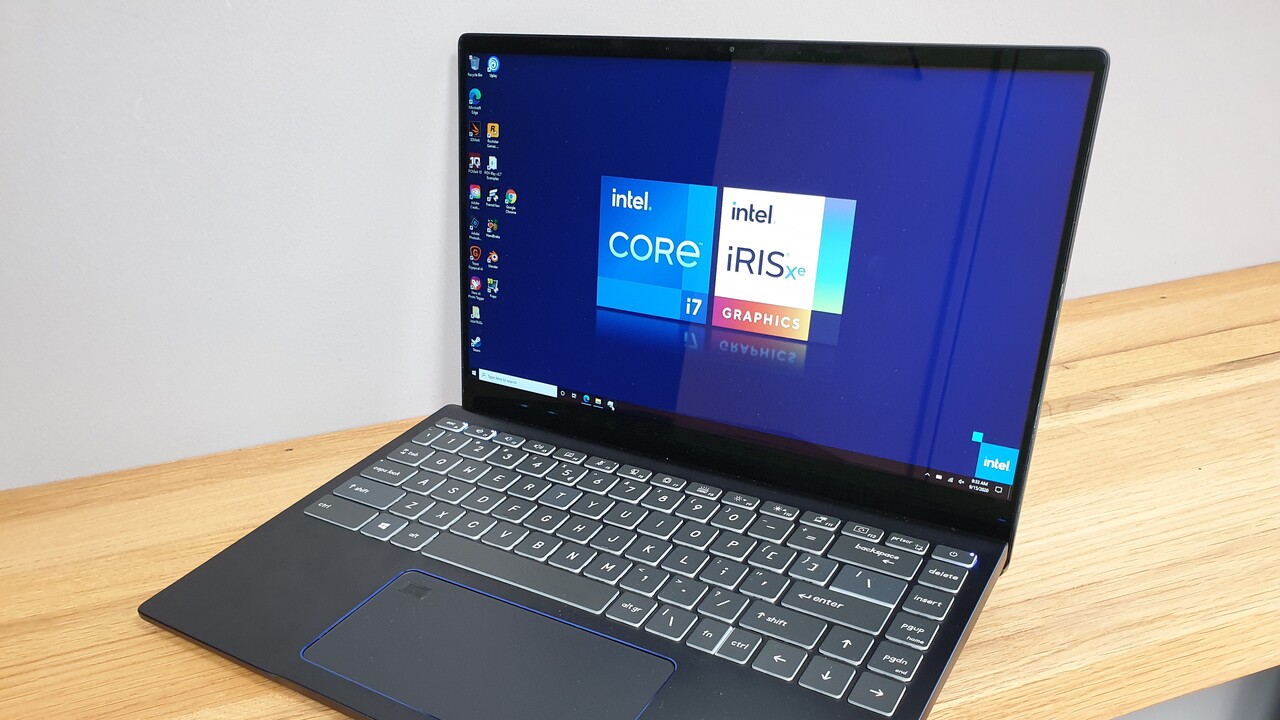So, in perusing the AT review, and looking at the graphs, it appears that 10sf still has a bit of a power/performance curve disadvantage vs. TSMC N7. It's not huge, but it seems to be there. However, Intel really seems to be able to wring the most out of 10SF in single core. Looking at SPEC ST, at "15"w, TGL still seems to be keeping an edge on AMD. I think part of that is related to the larger L3, and some of it is related to the IPC advantage that Willow Cove has over ZEN2. Looking at the die sizes, Renoir and 4C+Xe TGL are similar in size, but AMD is shoving double the CPU cores in there and still managing to stay close in the iGPU game, though ,with driver improvements, I think that Intel will get better faster than AMD.
I don't think that Cezanne makes a huge impact on N7, but maybe take advantage of better headroom on N7"improved" and keeps in the race in ST, and manages even better in MT. I am interested in if AMD makes any sort of improvement in memory controller efficiency with Cezanne, as, it does appear that Intel's better controller is helping their iGPU scores.
I wonder how Xe scales going down market? This was a 96 EU part with a high power limit. How does the 80EU version perform? Is the 48EU config performing at half the score of the 96 EU one, or is the scaling very sublinear?











